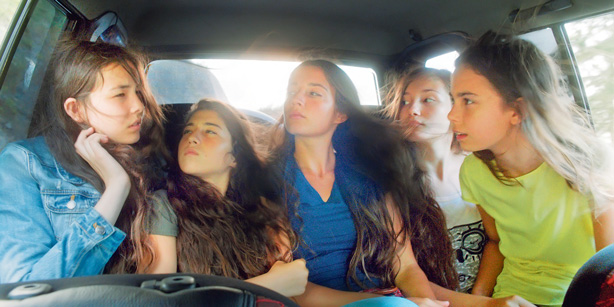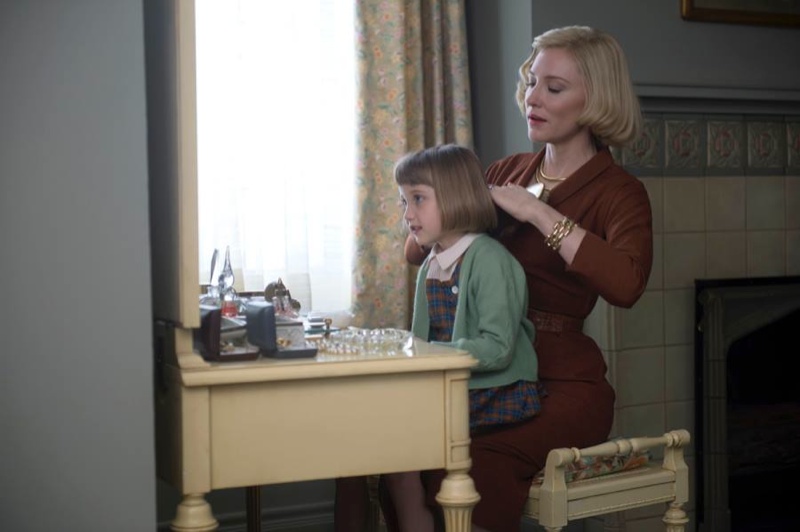I recently saw the films Carol by Todd Haynes and the Turkish film Mustang by Deniz Gamse Erguven and both of the films got me thinking about hair. I went into Mustang already prepped to think about hair. I heard the director being interviewed on the radio and she spent some time talking about the wild hair of the girls in the film. And indeed the girls have beautiful, long, wild hair (but not so wild that it isn’t styled. It’s brushed out and rats nest free). Mustang in many ways is a really good film. It’s essentially a thriller with an adorable tough, fiercely determined little girl (the youngest sister) at the center. The film is urgent, suspenseful, and at times authentically visceral both as a thriller and as social commentary. But I guess I wanted a bit more of the inner life of the girls and I feel like the director relied too heavily on the hair in this regard. The girls’ hair worked as a signifier of their individual beauty, their vital irrepressibility, their creativity, their rebellion, rage, and in the final shot — when the youngest sister is enveloped in an embrace of her wild-haired former teacher– their freedom (well, for the two youngest). For a story about five sisters trapped inside their home against their will the film was strangely devoid of scenes of shared intimacies and confidences about their situation, about boys and sex, school, their tyrannical uncle, their conflicted grandmother or their dead parents. Nor, come to think of it, did we ever see a hairbrush.
In Todd Haynes’s Carol I had the overwhelming sensation that external visuals were meant to signify the inner life of (or, in this case, lack of) the characters. The women in Carol seem so devoid of inner passion that I wondered maybe this was on purpose to suggest that women who loved women in the repressed 1950s didn’t even really know or understand themselves. Whereas In Mustang, the hair signifies the irrespressible inner life of the girls. In Haynes’s film the meticulous set, costume and hair design signifies a time period of beautiful orderliness which reflects an interior landscape of emotional emptiness. Haynes film does have one significant hair moment. It takes place on the fire escape on a windy manhattan evening. In the scene Rooney Mara’s hair is blowing wildly about while Cate Blanchett’s coif remains firmly in place. I read the blowing hair as a short hand for a freedom, passion, and wildness that really is never realized in either of the characters or in the film.

